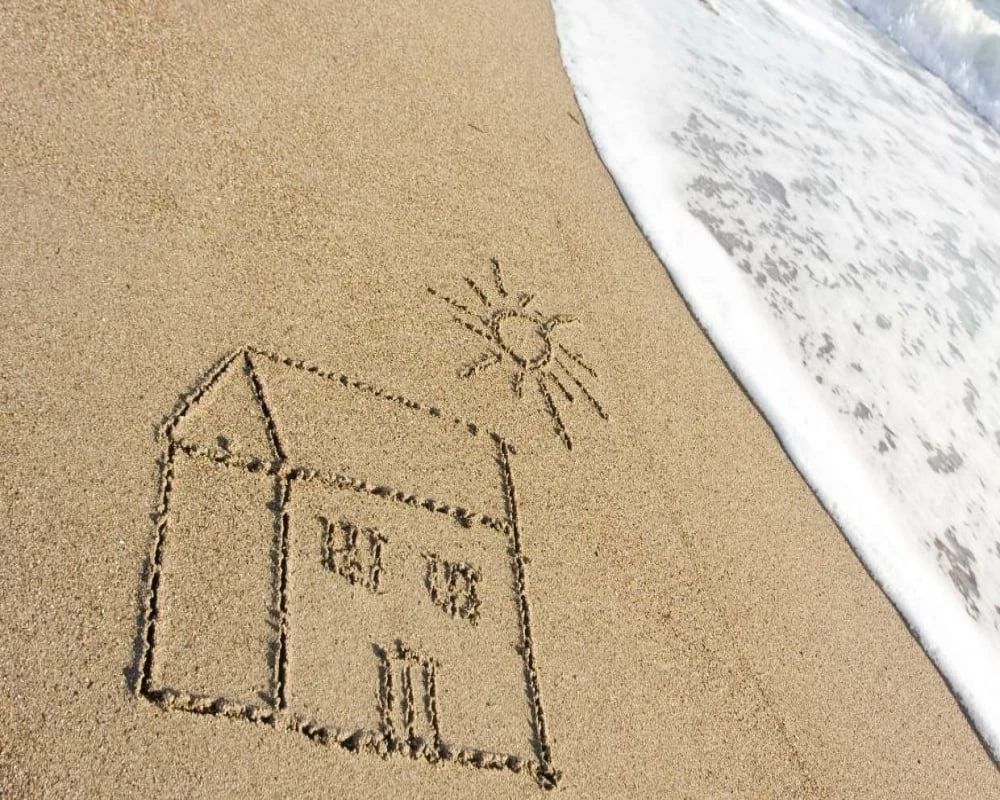5 Steps to Successfully Buying Your First Overseas Property

Buying a home abroad is similar to marrying a foreign lady. It's rare to meet a foreign lady in the bar and get married the next day. It requires some investment of time and effort from the first meet. It might take weeks, months or years to know each other first. Then if she says yes, you tie the knot. Hopefully, you're not going to spend years before you make the 'buy decision, though. That'd defeat the purpose of buying a home abroad. By, using the 'marriage' analogy, buying a home abroad requires knowledge; of the area, country/local rules and the property itself. I hope the analogy sounds pleasant. Marriage is actually more complex.
On how to buy a home abroad, you want to ask some critical questions to determine if the person at the other end of the table isn't just telling outright lies; trying to elope with your cash. This is because sadly, there are few or no safeguards in place to protect you. You want to find an answer to these questions:
* Is the property a good fit for me or my investing strategy?
* What are the zoning laws that apply?
* How trustworthy is the seller?
Once you find answers to these questions, you should follow the below steps to simplify your overseas property buying.
HOW TO BUY A HOME ABROAD
This is just a summary of steps you have to take when you want to buy a home abroad. But, it's important to know that making an overseas property investment might not be a systematic process, there would usually be hoops and turns. A crucial advice for new overseas property investors: don't be in haste or as the saying goes, you might have the opportunity to repent at leisure.
1. Browse properties in a good location. You should check properties online that match your criteria. But don't just browse properties online. Go check out the property physically. Although technology makes it easy to show much of a property online, it is not to be compared to physical examination. If you'll be buying property without physically seeing it, get an agent or any neutral person to take as many photos as possible of the property from many angles so you'll be convinced it'll make a good investment
2. Research the market. While researching the market, make sure you find out about the possibility of getting good ROI on your investment. Developers might pressure you to make a deposit on a new property while you are on visit; promising you quick ROI. You should always wait until you have returned home and had a chance to think about it before deciding.
3. Legal checks. Legal checks and processes can be a major cause of headache when buying property abroad. The process of buying property in many countries follows the same pattern as that of Britain. There is a title which states who owns what and there are contracts to be filled, specifying the owner's commitment to sell the property and the buyer's commitment to buy it. However, legal systems and lingo varies throughout the world and the people involved in the process also vary. It is important that you find out these legal nuances and deliberate on your ability to meet them.
4. Financing. How will you fund the purchase of your property? The two most common ways of funding property abroad are mortgages and taking out a HELOC or home equity loan on your current home. Read this article to find out more on financing foreign property investments (3 Ways Top Investors Finance Their Foreign Property Investments).
5. Invest or buy. If you're investing, you need to be more focused on the financials. Buyers of second home, might also consider letting out to holiday tenants. In both cases, the balance between supply and demand needs to be assessed.
Buying a home abroad can be a life transforming experience or a tragic one. Therefore, you need to make rational considerations and not be ignorant.




